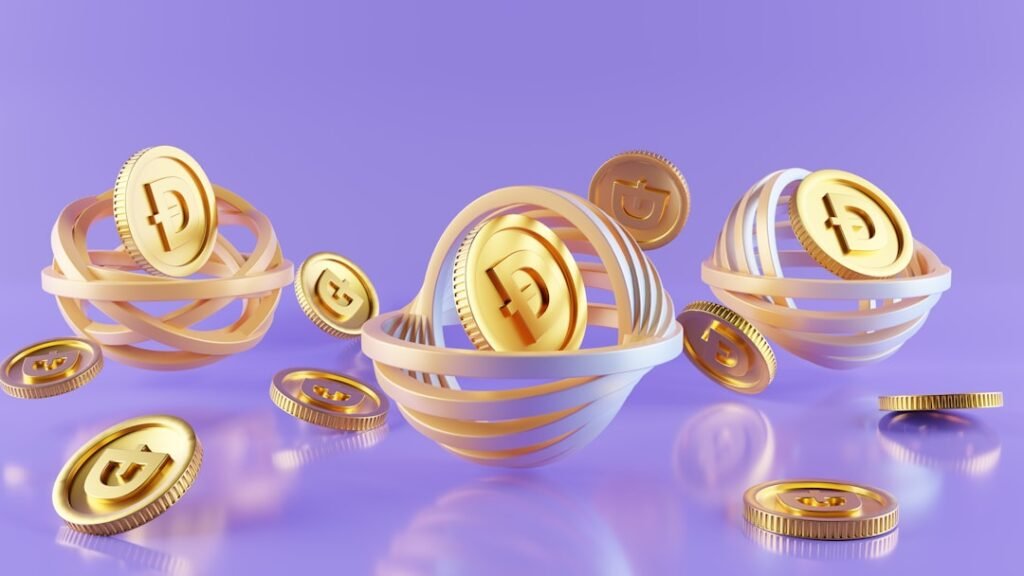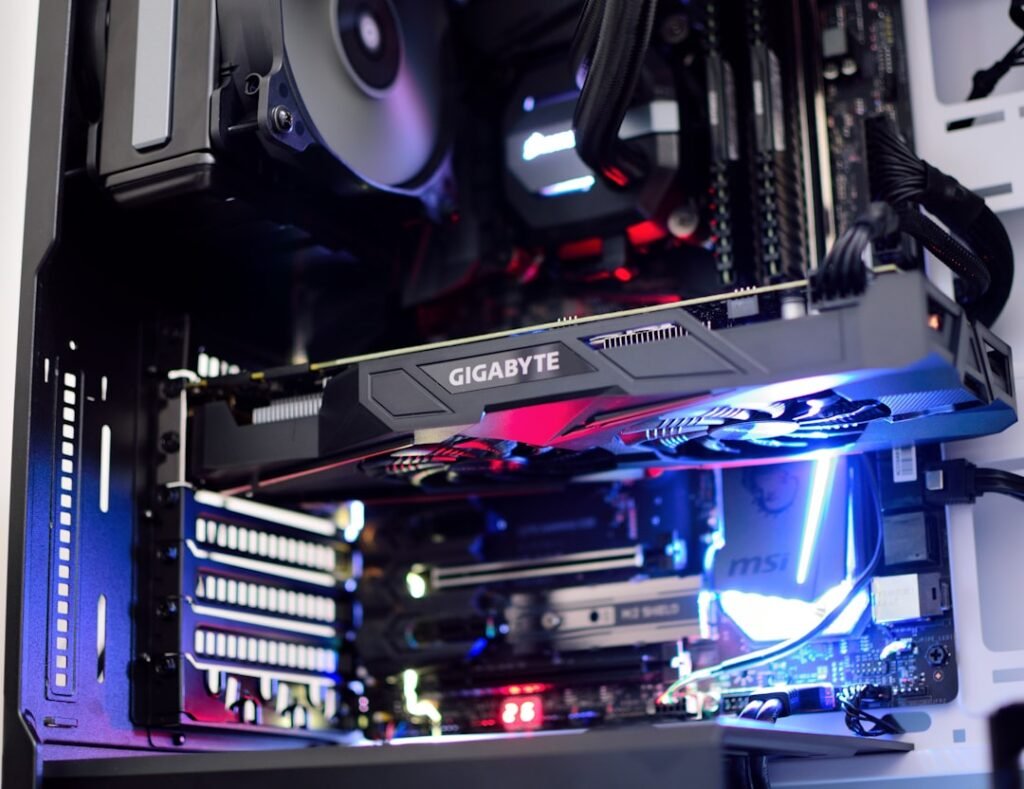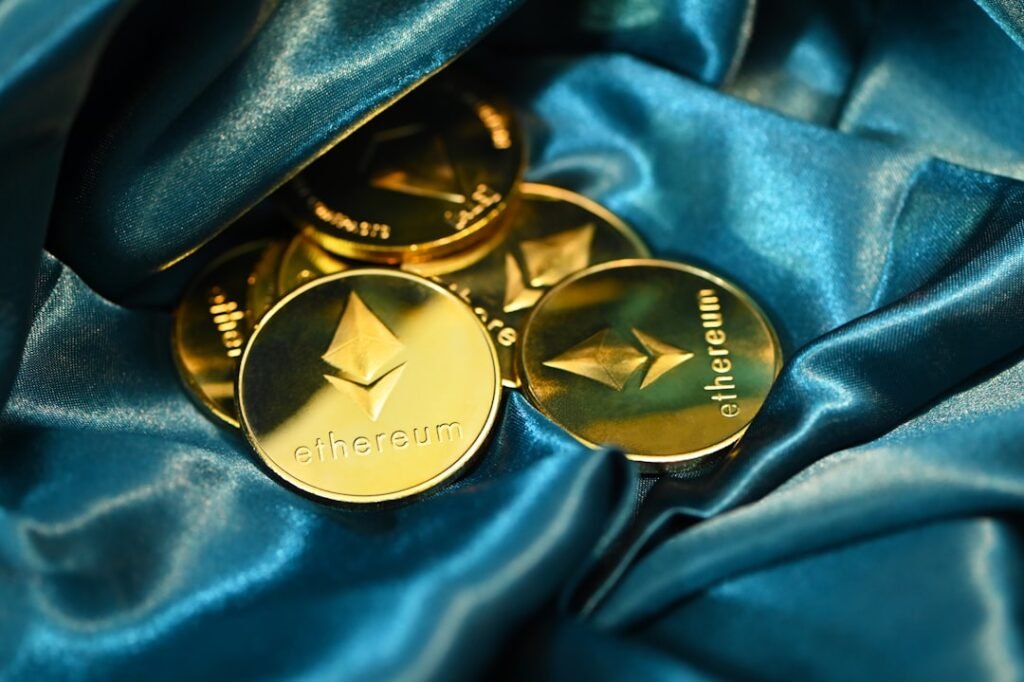The Ultimate Guide to User-Friendly Decentralized Exchanges in 2025: Intuitive UI and Mobile Access Revolutionizing Crypto Trading
The landscape of cryptocurrency trading is undergoing a seismic shift. For years, investors navigated a world dominated by centralized platforms, but a new paradigm is emerging—one defined by user control, enhanced security, and unprecedented accessibility. At the forefront of this revolution are modern decentralized exchanges (DEXs), which have shattered the old stereotype of being clunky and technically intimidating. The latest generation of DEXs prioritizes the user experience above all else, offering intuitive interfaces and robust mobile app access that empowers traders of all levels to engage with digital assets directly from their pockets.
This evolution is not just a minor upgrade; it's a complete reimagining of what decentralized finance can be. By combining the core principles of self-custody and peer-to-peer trading with the sleek, familiar feel of mainstream financial apps, these platforms are finally making the promise of DeFi a practical reality for millions.
What is a Decentralized Crypto Exchange (DEX)?
A decentralized exchange, or DEX, is a peer-to-peer marketplace that operates without a central intermediary or authority. Unlike traditional centralized exchanges (CEXs) like Coinbase, where you must deposit your funds for the company to custody and manage, DEXs facilitate transactions directly between users' wallets through automated smart contracts on a blockchain.
This fundamental difference is what grants DEXs their defining characteristics: enhanced security, as they are less vulnerable to massive hacks that target centralized custodial funds; greater privacy, often requiring no Know Your Customer (KYC) procedures; and censorship resistance, as no single entity can freeze accounts or halt trading.
The mechanism behind most modern DEXs is an Automated Market Maker (AMM) system. Instead of using a traditional order book where buyers and sellers are matched, AMMs utilize liquidity pools. Users, known as Liquidity Providers (LPs), deposit pairs of tokens into a smart contract. In return, they earn a share of the trading fees generated from the swaps that occur against that pool. This model has democratized market making, allowing anyone to participate and earn passive income, while ensuring there is always liquidity available for traders.
The Pillars of a User-Friendly DEX: UI and Mobile Access
For decentralized exchanges to move from a niche tool for crypto-natives to a mainstream financial instrument, two elements are non-negotiable: an intuitive User Interface (UI) and seamless Mobile App Access.
The Intuitive UI: The complexity of blockchain technology should be abstracted away from the end-user. A well-designed DEX UI feels familiar and simple. Key features include a clean dashboard displaying portfolio value, a straightforward swap interface that clearly shows exchange rates, slippage tolerance, and network fees before confirming a transaction, and easy navigation to advanced features like liquidity providing or staking. Visual clarity, responsive design, and guided workflows are essential to prevent user errors in an environment where transactions are irreversible.
Mobile App Access: The future of trading is mobile. The ability to monitor portfolios, execute swaps, and manage investments from anywhere at any time is a game-changer. A dedicated mobile app for a DEX encapsulates the full trading experience in a streamlined, touch-optimized format. Push notifications for price alerts or completed transactions keep users connected to the market without being tethered to a desktop computer. This mobility is crucial for attracting the next wave of adopters who manage their lives—and their finances—from their smartphones.
Top User-Friendly Decentralized Exchanges to Consider
The market is filled with options, but several platforms have distinguished themselves by mastering the balance of powerful DeFi functionality with a superior user experience.
1. Uniswap
A titan in the DEX space, Uniswap has set the standard for intuitive decentralized trading. Initially launched on Ethereum, it has expanded its reach to multiple networks like Polygon and Arbitrum, offering users choices to manage gas fees. Its interface is remarkably simple: a clean swap screen, easy token selection, and clear settings for transaction speed and price impact. Its mobile app provides a seamless, secure gateway to the entire Uniswap ecosystem, allowing for swapping and pool management on the go.
2. PancakeSwap
As the leading DEX on the Binance Smart Chain (BSC), PancakeSwap has gained massive popularity partly due to its user-friendly and engaging interface. It offers a vast array of features—from swapping and farming to lotteries and NFT markets—all presented in a cohesive and accessible design. Its lower transaction fees on BSC make it an attractive starting point for newcomers hesitant about Ethereum’s gas costs.
3. SushiSwap
More than just a swap platform, SushiSwap is a comprehensive DeFi suite. Its elegant interface, known as SushiXSwap, facilitates cross-chain swaps, making it easy to move assets between different blockchains. The platform aggregates liquidity from various sources, ensuring users get the best possible price for their trades. This complexity is handled behind the scenes, presenting the user with a simple and efficient trading process.
4. OKX (DEX Aggregator)
OKX stands out for its powerful DEX aggregator functionality. Its interface seamlessly connects to its non-custodial Web3 wallet, creating a unified experience. The platform scans hundreds of other DEXs to find the best exchange rates and lowest slippage for your trade, executing it in a single transaction. This removes the need for users to manually compare prices across platforms, offering a incredibly smooth and optimized trading experience directly from its mobile app.
5. KuCoin's Halo Wallet
KuCoin's Halo is a prime example of a Web 3.0 wallet with integrated DEX capabilities. It supports seven blockchain standards, enabling cross-chain token swaps within a single, intuitive application. A unique "smart wallet tracker" feature allows users to monitor the movements of large investors, providing valuable market insights. This combination of portfolio management and decentralized trading in a mobile-first package makes it an exceptionally user-friendly option.
6. Huobi's iToken
iToken functions as both a secure wallet and a gateway to decentralized trading. Supporting over a million assets across chains like Ethereum, BNB Chain, and Solana, it offers a vast universe of tokens in a simple app. Users maintain control of their private keys while enjoying features like staking and access to a dApp browser, all wrapped in a clean and navigable UI designed for mobile use.
Why the User Experience (UX) Matters More Than Ever
The technological superiority of decentralization means little if the average person cannot use it. A focus on UX is what bridges the gap between revolutionary technology and mass adoption.
- Reducing Barriers to Entry: Intuitive designs and mobile access lower the learning curve, allowing people without a technical background to confidently participate in DeFi.
- Building Trust: A clean, professional, and easy-to-navigate interface fosters trust. Users feel more secure when they can clearly understand what a transaction will do and what it will cost.
- Empowering Users: By simplifying complex processes, these platforms empower users to take full advantage of DeFi opportunities—from simple swapping to yield farming and governance participation—without feeling overwhelmed.
The Future is Decentralized, Accessible, and Mobile
The trajectory is clear. The next generation of decentralized exchanges will not compete on liquidity alone; they will compete on experience. The fusion of self-custody security with the convenience and simplicity of modern fintech applications is the key to unlocking the true potential of a decentralized financial system.
As these platforms continue to refine their mobile apps and streamline their interfaces, they cease to be tools exclusively for enthusiasts and become viable alternatives for everyone. The ability to manage your entire financial portfolio from a non-custodial wallet on your phone, with no intermediary and full control, is no longer a futuristic concept—it is a reality delivered by today’s user-friendly decentralized exchanges. This is the foundation upon which the open, accessible, and democratic future of finance will be built.












